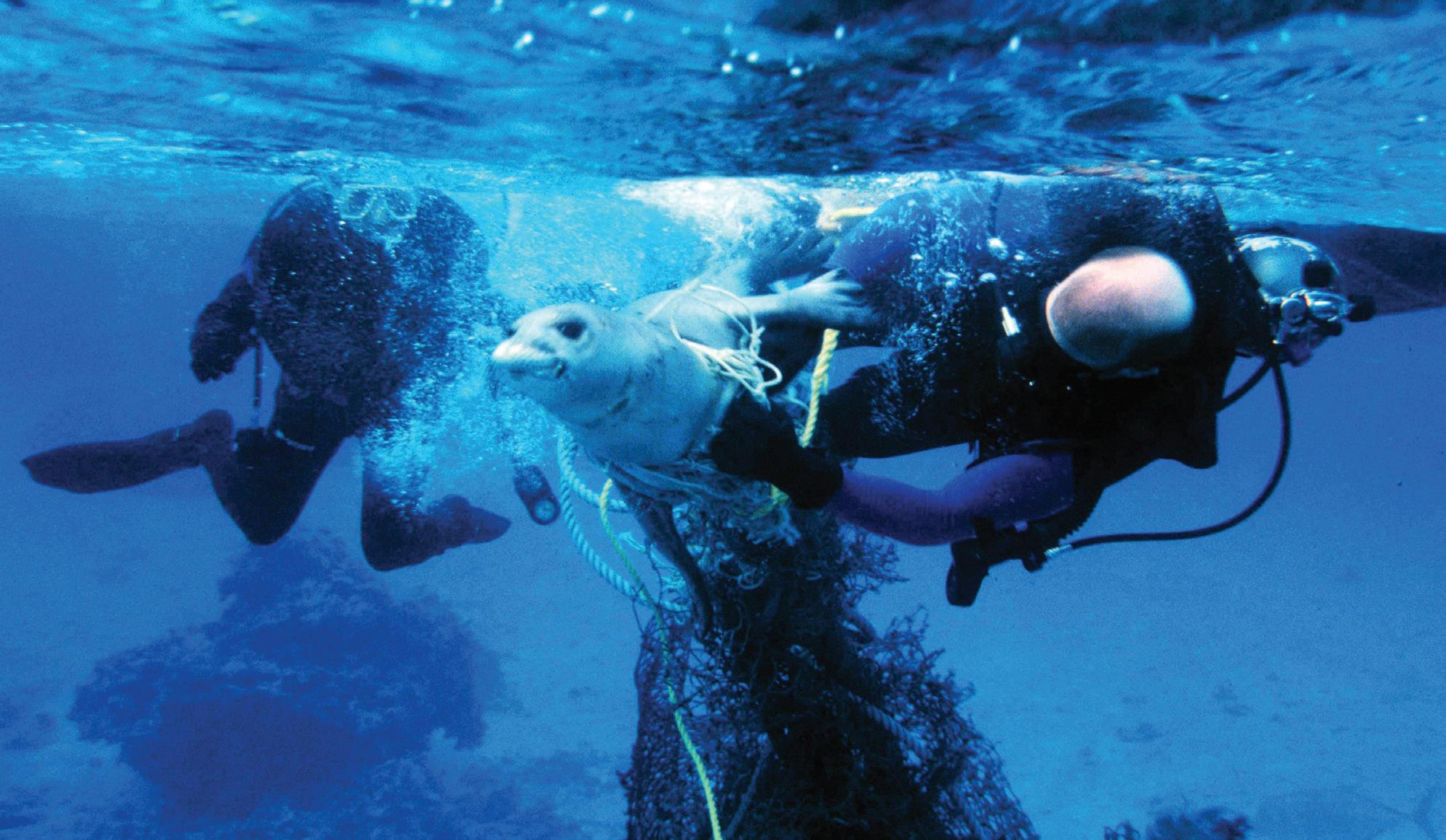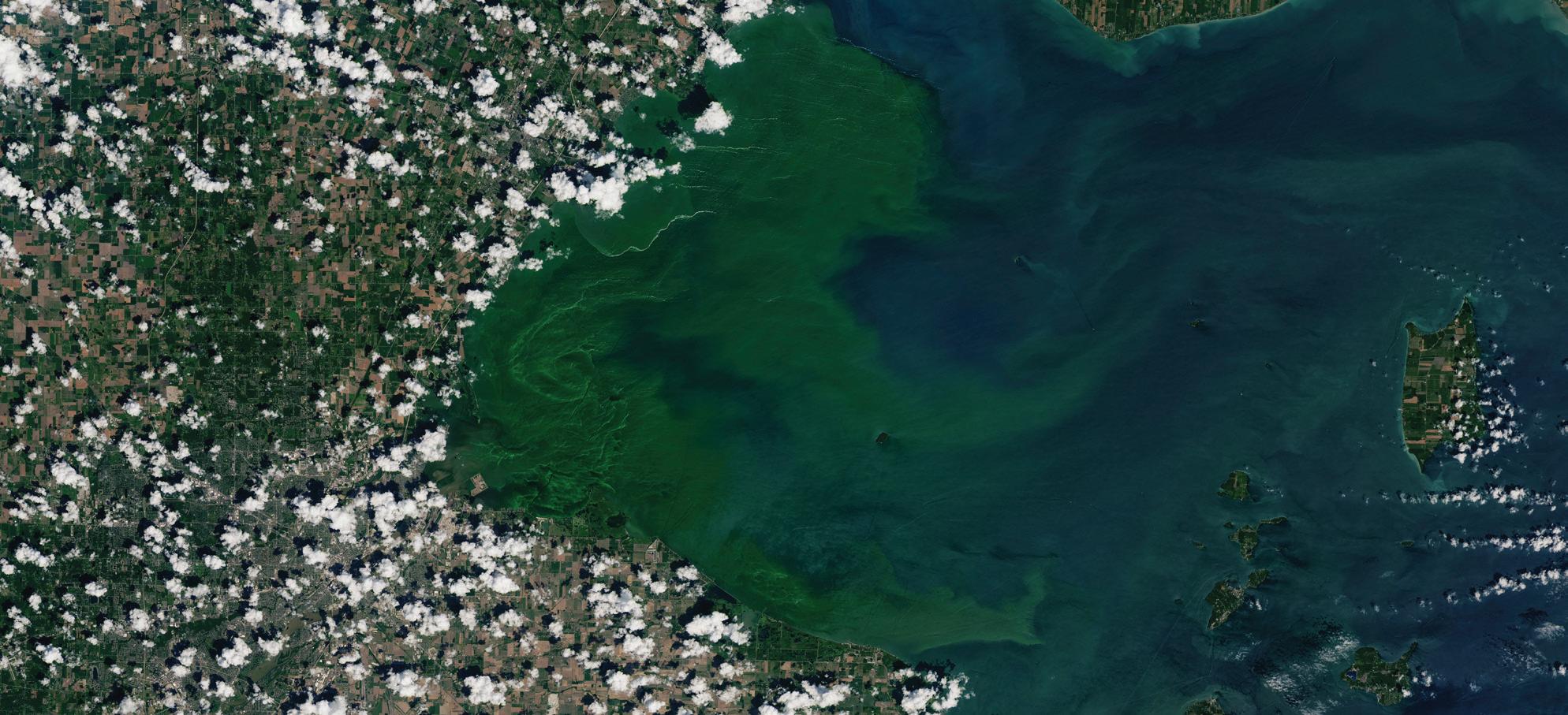NOAA FUTURE
NOAA leadership drives the growth of benefits from healthy ocean and coastal resources. By Craig Collins
Lt. Cmdr. Ryan Wartick, NOAA Coast Survey navigation manager embedded with the Coast Guard, briefs Coast Guard personnel about NOAA surveys and data analyses following Hurricane Florence’s devastation in North Carolina on Sept. 14, 2018. Because hazardous port obstructions were charted in record time – under 24 hours – ports were able to reopen safely and quickly, lessening the impact on maritime transport, which makes up a significant part of America’s “Blue Economy.”
O
ur nation’s waterfronts, ports, and harbors have historically been centers of rapid industrial and urban growth, and have
2011
advanced critical national objectives by promoting energy exploration, fishery production, commerce, and recreation. Maritime transport is one significant part of America’s “Blue
Boosting American Seafood Competitiveness American wild-capture fisheries are among the best-managed and most productive in the world. In 2017, U.S. commercial and recreational fisheries generated more than $244 billion in sales and more than $110 billion in additional
NOAA’s Marine Debris Program launches a response to debris floating across the Pacific Ocean resulting from a devastating 9.0 earthquake and tsunami in Japan.
146
NOAA PHOTO
Powering the Blue Economy
Economy,” the benefits derived from perhaps the world’s biggest and most diverse economic frontier: a healthy ocean. Still in its formative stages, America’s Blue Economy includes seafood production, recreation and tourism, ocean exploration, and coastal resilience, and maritime transport alone adds 2.3 million jobs to the U.S. market, provides $373 billion in goods and services, and produces $617 billion in annual sales – far more than agriculture. NOAA is exceptionally qualified to lead this era of economic growth: As the nation’s leading students and stewards of the ocean, its people recognize the sea as the Earth’s largest life-support system, a resource requiring careful, evidence-based management. As devoted public servants, they have the expertise and competence to connect decision-makers and coastal communities with the data, products, and methods that will help them understand the value of their marine resources and sustainably develop them. By 2030, the global ocean economy is expected to double in value to $3 trillion, and NOAA has a plan to grow the American Blue Economy – to balance the needs of Americans with the health of the ocean.









































